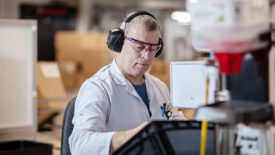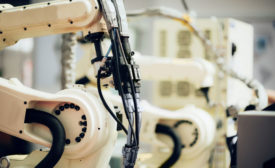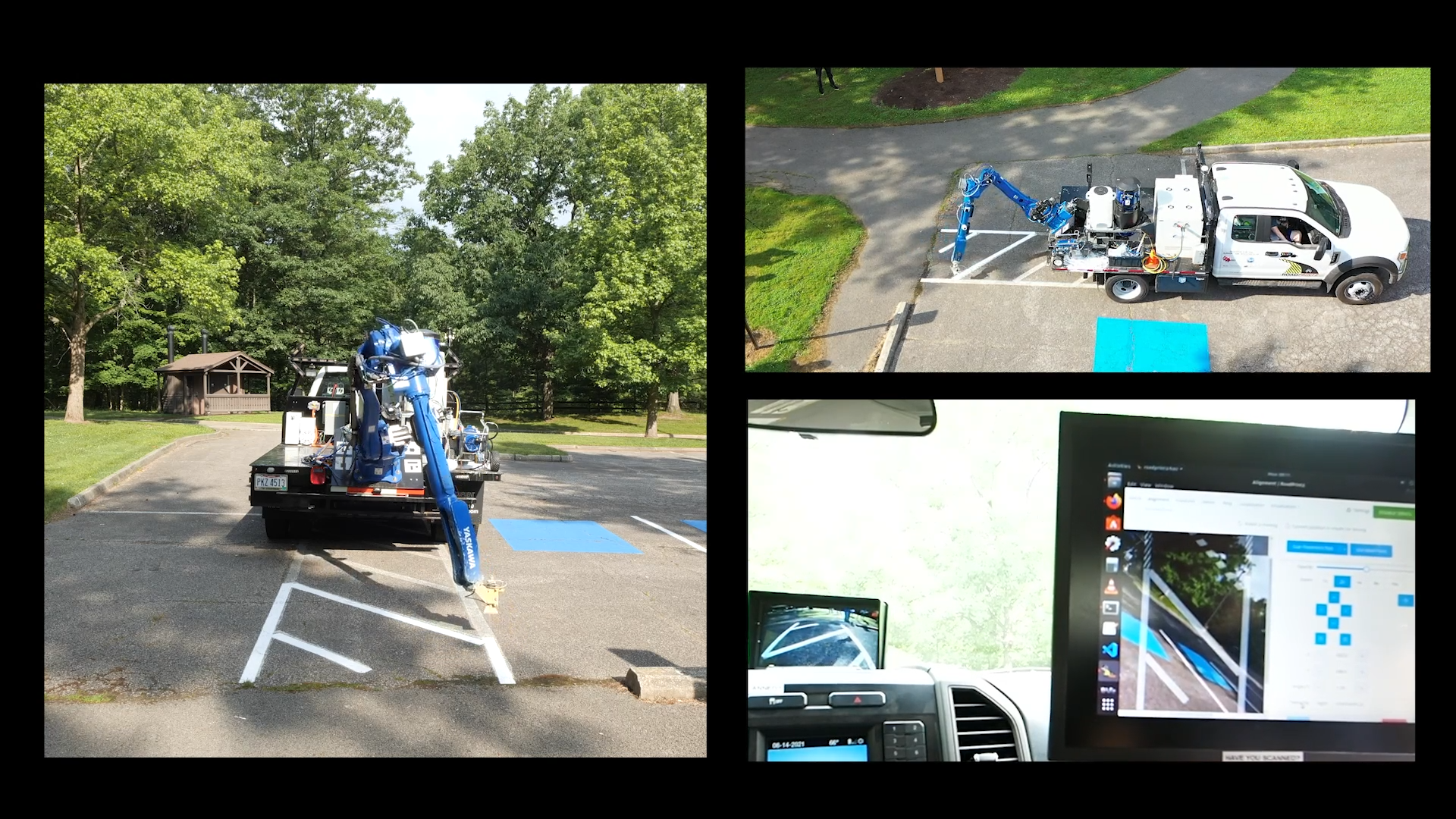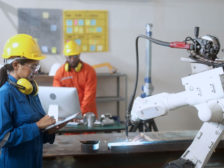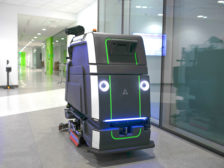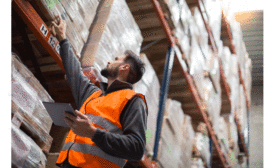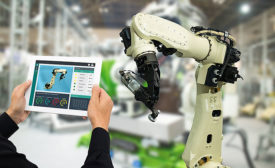Home » robotics
Articles Tagged with ''robotics''
Keeping safety at the forefront as automation increases and labor shortages continue
Read More
Safety requires enabling robots and employees to work in harmony
Upkeep is only one part of industrial robotic maintenance
December 1, 2022
Where automation meets the road
Innovation and engineering combine to create safer roadways
January 25, 2022
Cover story
The factory of the future is now
Smart technology, the Internet of Things and robotics are changing manufacturing operations
November 6, 2020
Get our new eMagazine delivered to your inbox every month.
Stay in the know on the latest safety trends.
SUBSCRIBE TODAYCopyright ©2024. All Rights Reserved BNP Media.
Design, CMS, Hosting & Web Development :: ePublishing
